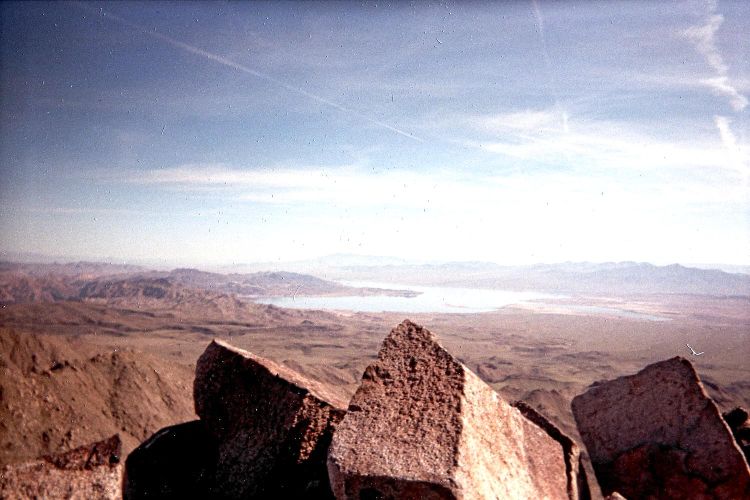
|
Arizona Prominences April 2011 Trip Report © April 2011 Adam Helman |
| (Click on any image for enlargement.) |

|
| The highest summit rock of Mount Wilson points to Lake Mead. |
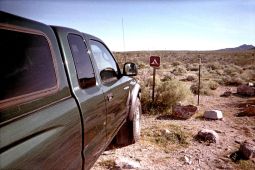
|
| The trailhead "no camping" logo. |
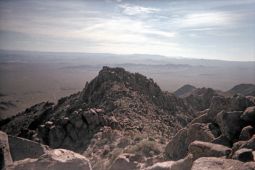
|
|
Looking back from Wilson's summit to the 5,400+ foot rock pinnacle. |
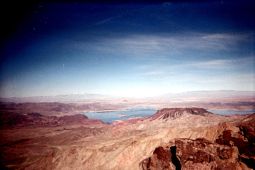
|
|
Wilson summit view northwest into Nevada with distant, snow-capped Charleston Peak. |
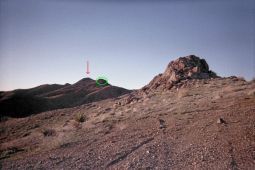
|
|
View southeast to Perkins' summit (arrow) and the final rock obstacle (ellipse). |
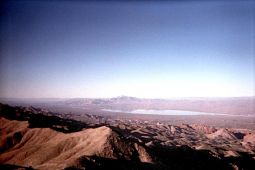
|
|
Mount Perkins summit view into California beyond the Colorado River. |
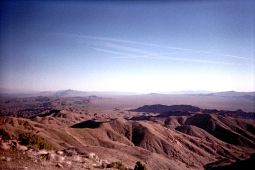
|
| cheap real estate |
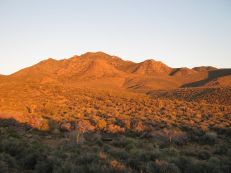
|
| Mount Tipton at sunset. (SS) |
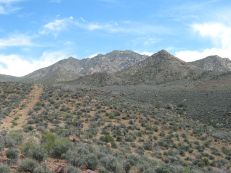
|
|
View near trailhead with "triangular peak" at right. (SS) |
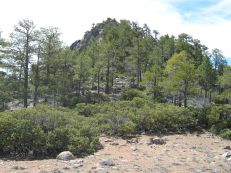
|
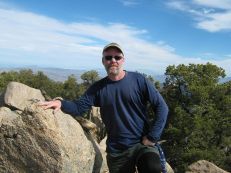
|
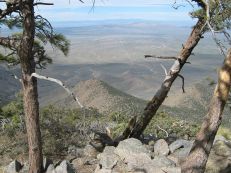
|
|
Mount Tipton summit from the saddle immediately north. (SS) |
Scott at Tipton's tippy-top. (SS) |
Trees framing the view of distant Dolan Springs. (SS) |
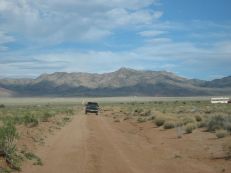
|
|
Adam heads toward Peacock in "DENALY". (SS) |
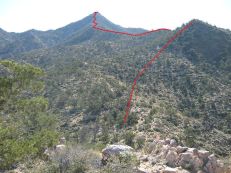
|
|
Peacock Peak route seen from point 4928. (SS) |
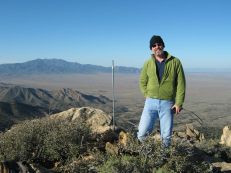
|
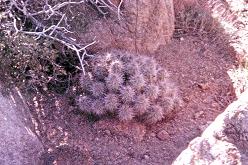
|
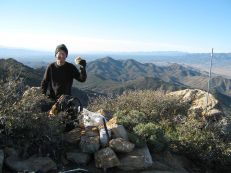
|
| Scott at Peacock's summit. (SS) |
Spherical cactus shape keeps it nice and warm at the summit. |
I am confused when Scott says, "Cheese!". (SS) |
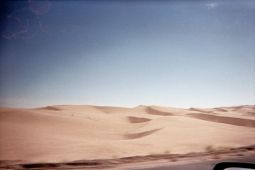
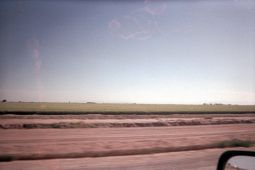
|
|
From sand dunes to irrigated crops - demonstrating the difference water can make as seen along California Route 78. |